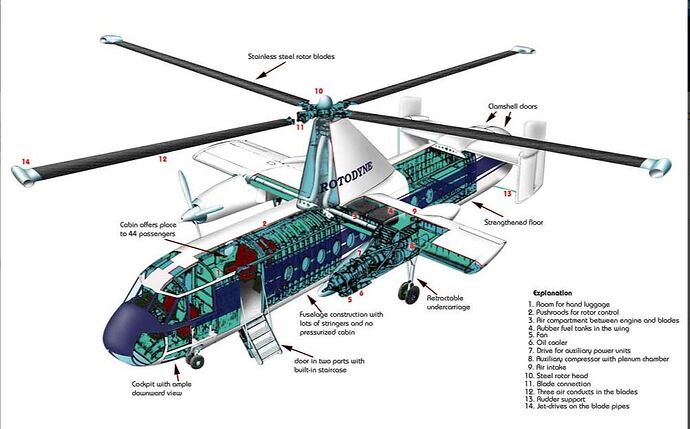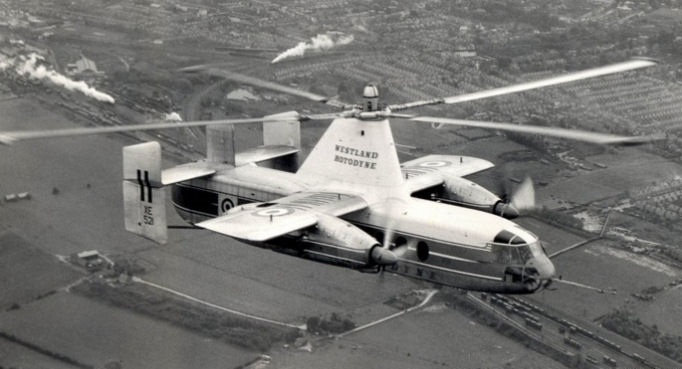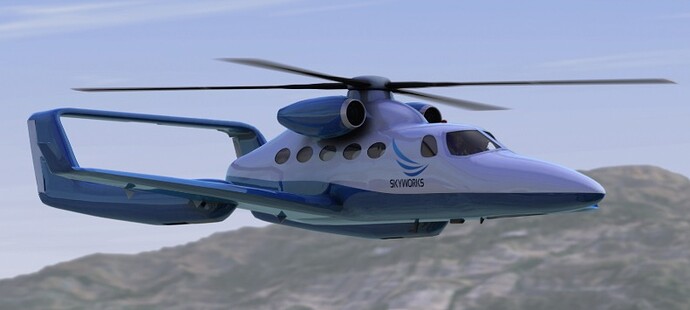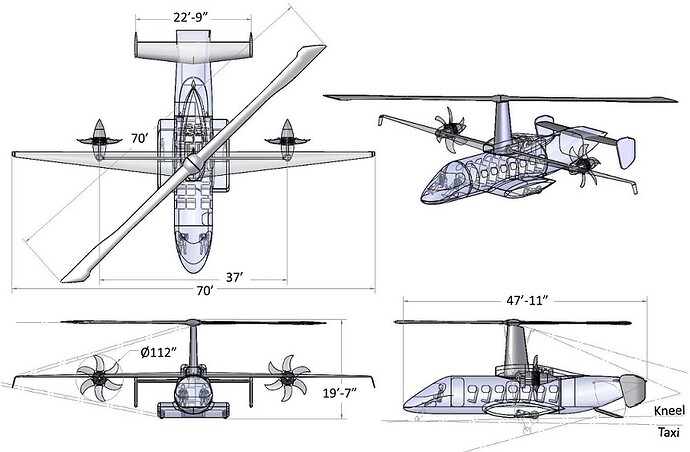With the Russian Mi-28 Havoc and KA50 attack helicopters already deployed , the BAe Kingston Future Projects team has found a way to counter this new threat.
It is the SABA ( Small Agile Battlefield Aircraft ) and aimed to develop a vehicle that could out-manoeuvre and destroy Russian helicopters and also provide Combat Air Support to forces on the ground by attacking enemy armour and supply vehicles.
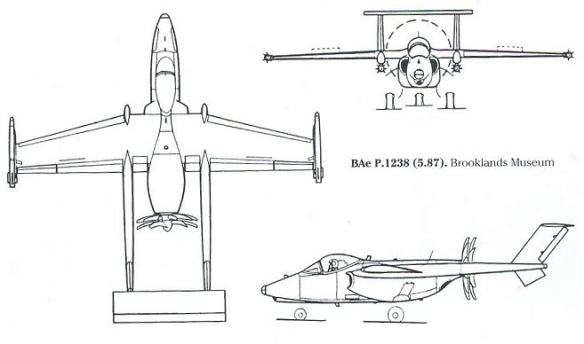
It will to operate in all weathers , day and night , from dirt fields and have good loiter time and a high-subsonic maximum speed so as to reach wherever needed as quickly as possible.
The configuration has a pusher propeller and a twin-boom tail layout.
It has a span of 11 meters and maximum take-off weight of five or six tonnes.
The small size helps survivability, giving low optical and radar signatures. The plane also had a low infra-red signature, helped by mixing cold air into the engine exhaust.
It is highly agile and able to achieve the design agility target of a 180° turn in five seconds with a 150 meter radius and quite potent even against more advanced Mig and Sukhoi fighter jets.
The proposed armament is six AIM-132 (ASRAAM) air-to-air missiles as well as a gun. This requirement was a response to the suggestion that Russian helicopters would operate in groups rather than singly.
It will be powered by the ALF-502 Turbofan with side-mounted intakes forward of the wing and full-span flaperons for manoeuvrability and good short-field performance.
It will have an Infra-Red Seeker and Laser Ranger Targeting Sensor in the nose and a conventional tricycle undercarriage.


